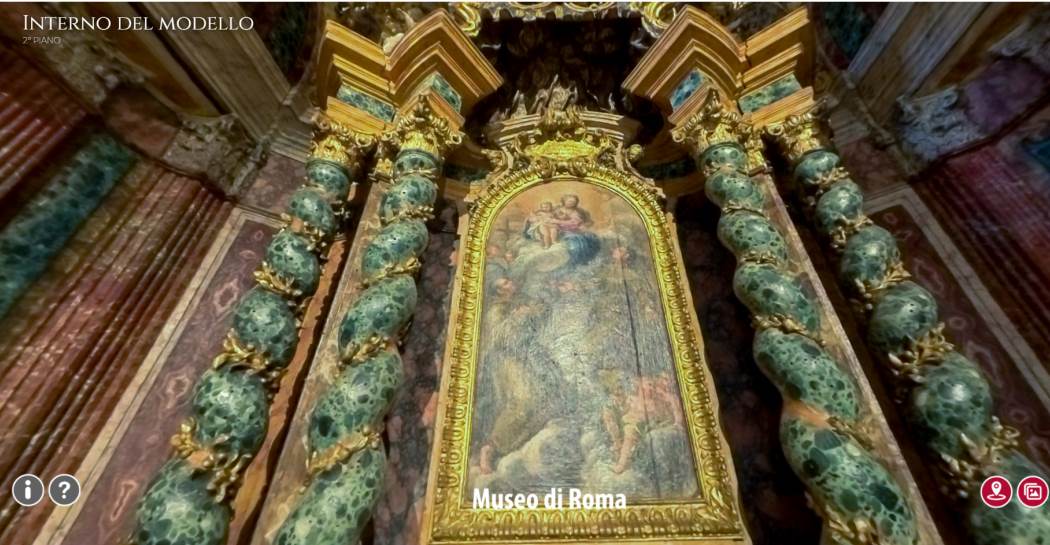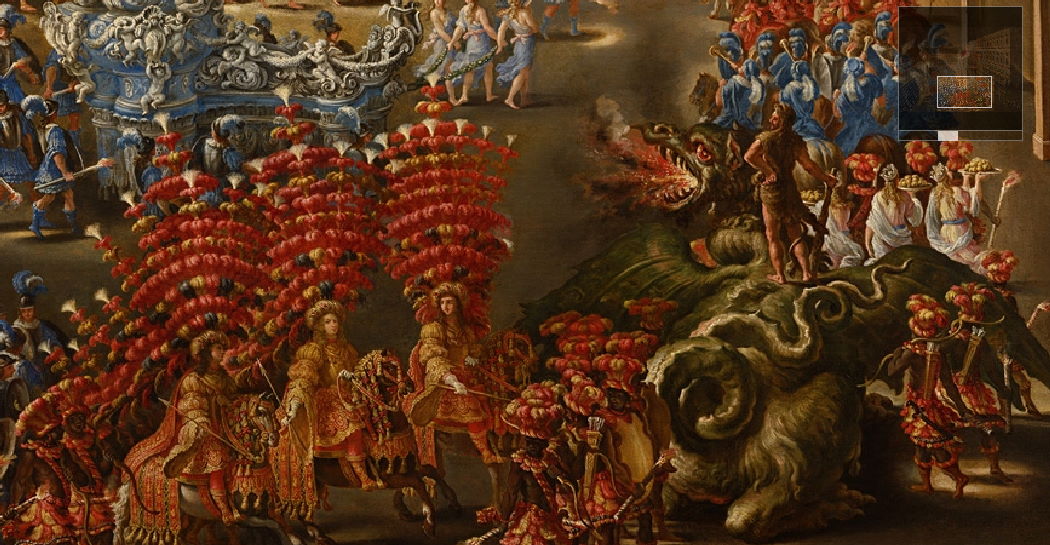Popular customs
It was customary among the figures of the Enlightenment to investigate the "errors of the ancients" criticising prejudices and superstitions. This preoccupation had aroused interest in local traditions, giving rise to the creation of a science of customs. In Rome, this interest combined, at the beginning of the 19th century, with the desire to describe and codify the picturesque variety of popular clothing and clothing styles. Learned travellers were fascinated by these to the same degree to which they were fascinated by what remained of the classical world. An example of this attitude is Goethe's Travels in Italy which painstakingly describes popular clothing, tools, and habits with the classical world as the background.Already at the end of the 18th century, this perception of Rome was flourishing. 17th century genre painting styles were preferred: the classical landscapes of Pietro Labruzzi, Louis Ducros, Jacob Philipp Hackert, enlivened by peasant, shepherd and lower-class figures. A few years later, the enormous and successful production of Bartolomeo Pinelli (Rome 1781 - 1835), who had been trained in neoclassical circles, codified a repertory of popular customs inspired by the heroising idealism of contemporary culture, but was also influenced by the curiosity of a learned and cosmopolitan clientele. Achille, the son of Bartolomeo Pinelli (Rome 1809 - Naples 1841) reworked his father's models, transcending the bombastic rhetorical elements with his taste for anecdotes and satire. The passion for the study of popular life was characteristic of all the foreign artists' colonies working in Rome in the first few decades of the 19th century. The Pinelli prototypes are enriched by more intense romantic suggestions in the figurative banditry epics conceived by the French artist Léopold Robert An echo of Robert's work is to be found in that of Adolphe Roger (Palisseau 1800 - Paris 1880) and Jean Victor Schnetz (Versailles 1787 - Paris 1870). Arthur John Strutt's pictures show a concern for documentary precision, together with his fascination for the exotic grace of local customs. From the second half of the 19th century onwards, verist inspirations and ethnographic interest lay down the iconography of models portrayed in the typical clothes of the Roman countryside and these proliferate in paintings, water colours and photographs. Rome had a vast market of models of both sexes. Every morning they poured down the Spanish Steps awaiting the arrival of painters and photographers who had fully realised that these colourful personages were the joy of foreigners always on the lookout for souvenirs. But the desire for realism at all costs that some of these pictures suggest is nothing but a populistic sweetening of reality and a form of sublimation using false and pretty constructions. The Museum of Rome collections have obtained a considerable number of 19th century drawings, engravings, photographs and paintings on this subject. Among these are the almost complete works of Bartolomeo and Achille Pinelli.











































